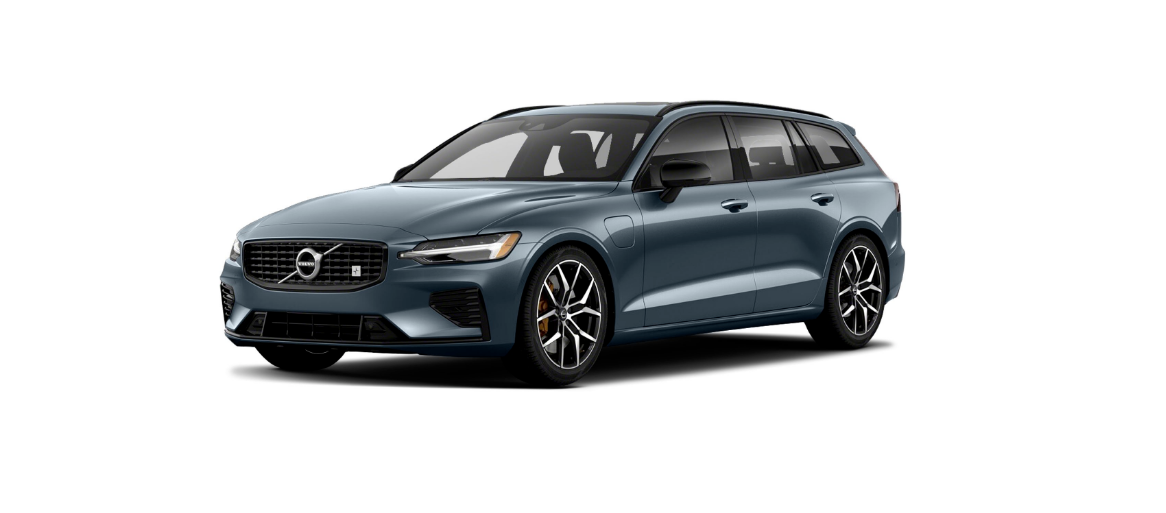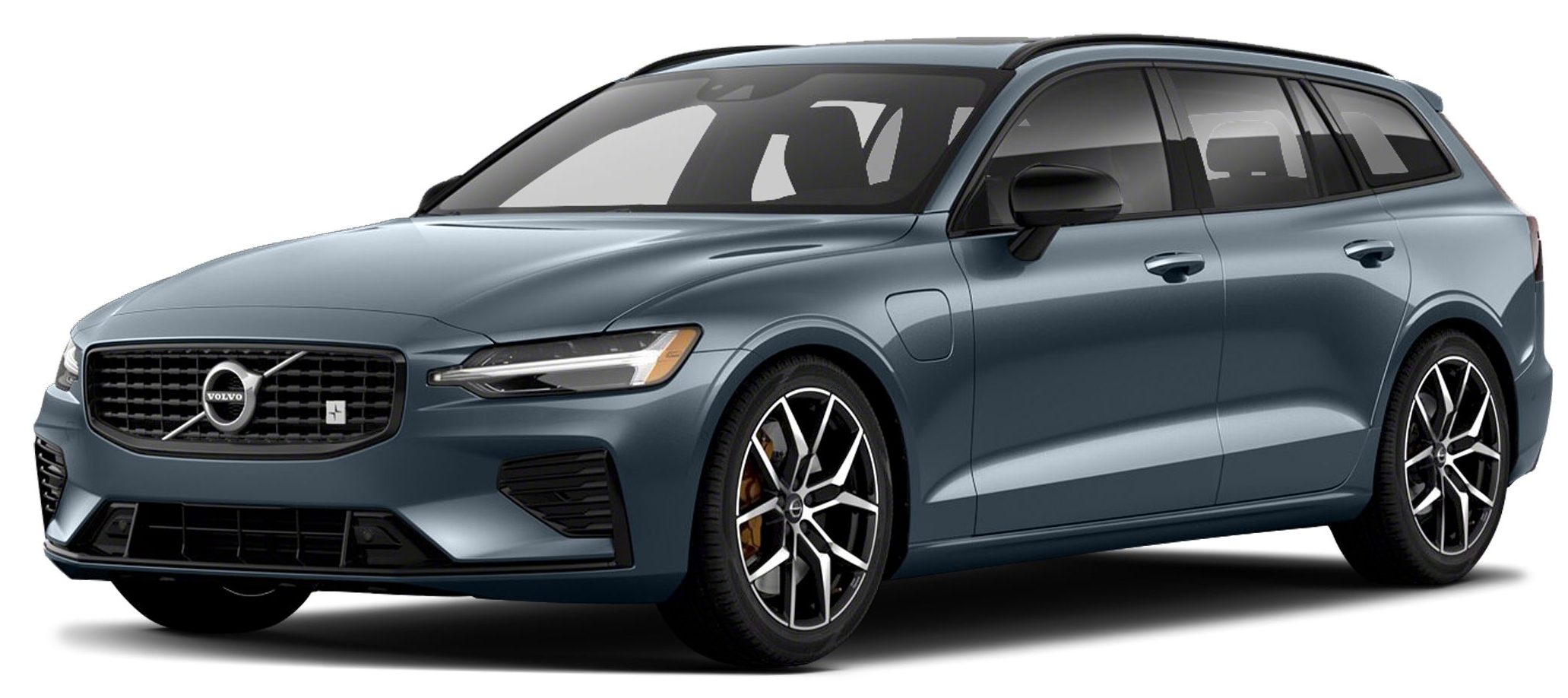Full-cover position
Grip the handle and pull the cargo cover out to the end position.
The cargo cover is locked in the full-cover position.
Important
Do not load objects on top of the cargo cover.
Loading mode
From the full-cover position:
- Press the cargo cover’s handle section upwards slightly.
- The cover goes up until it stops in the loading position.
- Returning to the full-cover position from the loading position:
- Grip the handle and pull the cargo cover down to the end position. To facilitate, angle up the handle slightly so that the attachment pins pass the stops.
- Release the handle so that the attachment pins engage.
- The cover is locked in the full-cover position.
Important
The cargo cover may obscure the view to the rear when in the loading position. Make sure the cargo cover is fully extended or fully retracted when driving.
Retracting
- From the full-cover position:
- Lift up the handle and pull it back to disengage the cargo cover’s attachment pins and then release.
- From loading position:
- Grip the handle and pull out the cargo cover in the grooves – pull to the full-cover position. Lift up the handle and pull it back to disengage the attachment pins and then release.
- Retract the cover with its attachment pins outside of the side panels until it stops in the retracted position.
Fitting and removing cargo cover
(Option/accessory.)
Fitting cargo cover
Insert one of the cargo cover’s end pieces in the recess in the side panel in the cargo area.
Then insert the other end piece in the recess in the side panel on the opposite side.
Press down the end pieces on both sides – one by one.
When a “click” is heard and the red marking on each end piece has disappeared, the cargo cover is attached – check that it is affixed securely.
Removing cargo cover
- In retracted position:
- Depress the button on one of the retracted cargo cover’s end pieces and lift out that end.
- Angle the cover-up/out carefully.
- The other end piece loosens automatically and the cover can be lifted out of the cargo area.
Fitting and removing safety grilles
The safety grille is crash-tested in accordance with the ECE R17 legal requirement and fulfills Volvo’s strength requirements.
For safety reasons, the safety grille must always be attached and anchored correctly.
Warning
Under no circumstances may anybody remain in the cargo area while the car is moving. This is to avoid injury in the event of heavy braking or an accident.
Installation
- The safety grille must only be used in the rear position (behind the rear seat) described here.
- Before first installing the safety grille, the existing plastic roof mountings must be replaced with steel roof mountings. Volvo recommends that replacing roof mountings is performed at an authorized Volvo workshop or retailer.
- Fold the rear seat’s backrest forward.
- Make sure that the safety grille is turned in the right direction. Lift in the safety grille through one of the rear side doors.
- Position the safety grille brackets on the roof mountings.
- The next step is facilitated if two people hold the safety grille in the right position.
- Insert the supplied screw and tighten using the supplied 6 mm Allen key. Repeat on the other side. Recommended tightening torque: 20 Nm (15-foot pounds).
- Check that the safety grille is properly fitted.
- Restore the backrest to the upright position.
- For more information about the tools required and methods for fitting/removal, see the installation instructions that were included with the initial purchase.
Important
The safety grille cannot be folded up or down when a cargo cover is fitted.
Fitting and removing the safety net
The safety net is fitted into four mounting points.
For reasons of safety, the safety net must always be fastened and anchored as described below.
The net is made of a strong nylon fabric and can be secured in two different locations in the car:
- Front fitting – behind the front seats.
- Rear fitting – behind the rear seat.
Loads in the luggage compartment must be anchored well and also using a correctly fitted safety net.
Fitting the safety net
Check that the safety net’s upper mountings are correctly fitted and that the puller-straps are securely hooked on.
Damaged safety nets must not be used.
- Unfold the safety net and make sure that the split upper rod in the net is locked in its extended position.
- Hook one retaining hook of the net into the front or rear roof mounting with the anchoring strap locks turned towards you.
- Hook the net’s second attachment hook to the roof bracket on the opposite side. The telescopically sprung attachment hooks make it easier to fit. Take care to press forward the net’s retaining hooks for each respective roof mounting’s front end position.
Rear fitting.
For rear fitting:
With the net fitted in the rear roof mountings, hook the safety net’s puller-straps into the front load retaining eyelets in the cargo area.
Front fitting.
For front fitting:
With the net fitted in the front roof mountings, hook the puller-straps into the outer eyes on the rear of all seat slide rails. The procedure is facilitated if the backrests are straightened and the seats are moved forward slightly.
Pay attention to make sure that you do not exert hard pressure on the net when the seat and backrest are moved back again. Only adjust until the seat or backrest makes contact with the net.
Important
If a seat or backrest is pushed back hard into the safety net, the net and roof mounts may be damaged.
Tension the safety net with the anchoring straps.
Removing the safety net
The safety net can be easily removed and folded up.
- Reduce safety net tension by pressing the button in the anchoring strap lock and feeding out a little of the anchoring strap on each side.
- Press in the catches and detach both of the anchoring strap’s hooks.
- Undo the upper attachments and release the net from the roof mountings.
- Press the red button on the rod to enable folding and then roll up the net. Store the net in its case.




